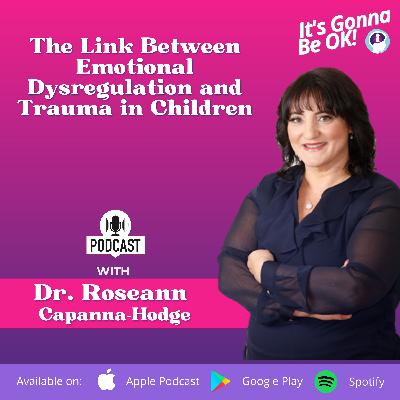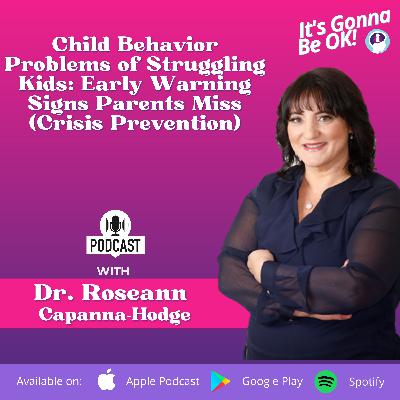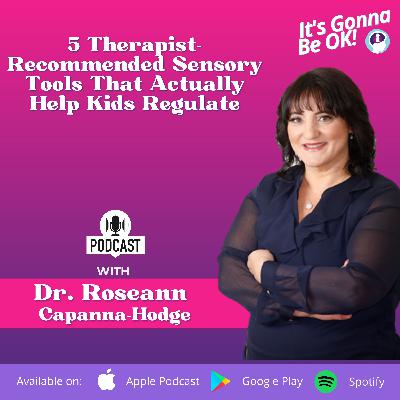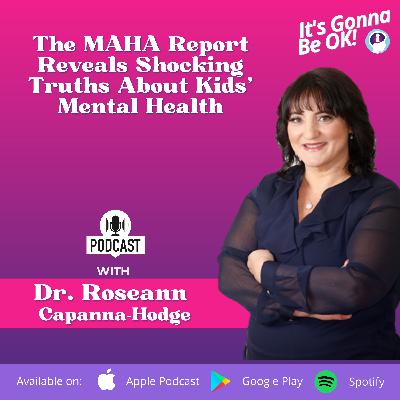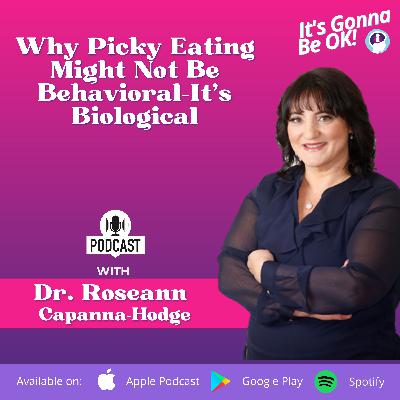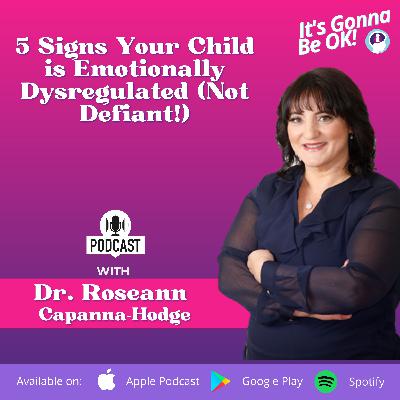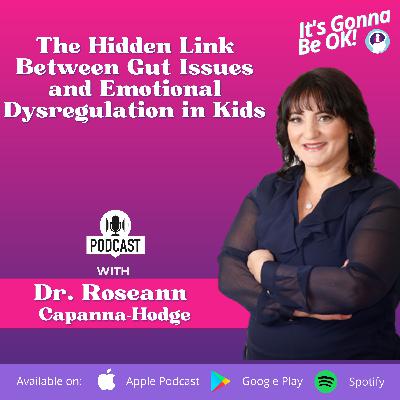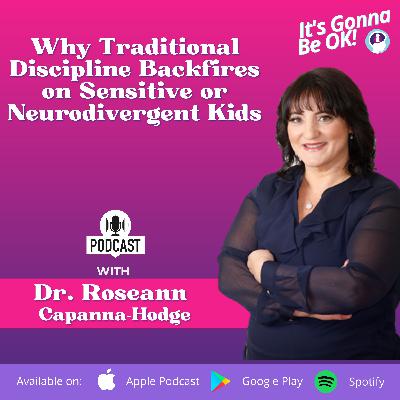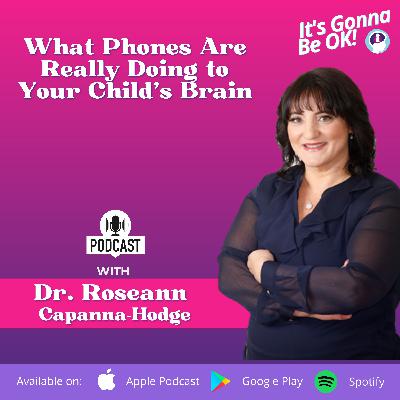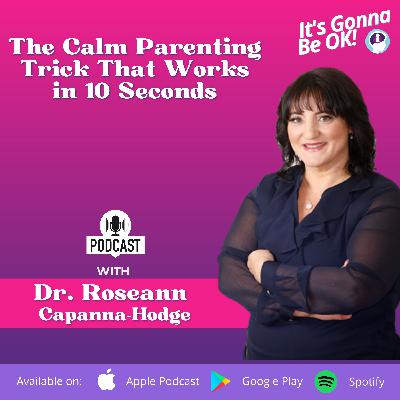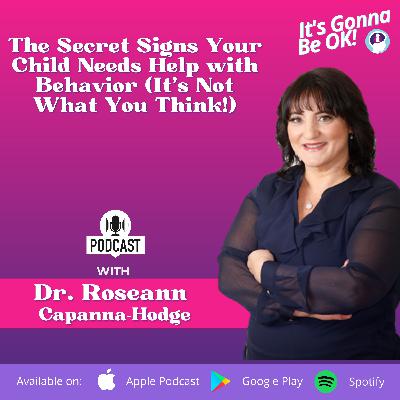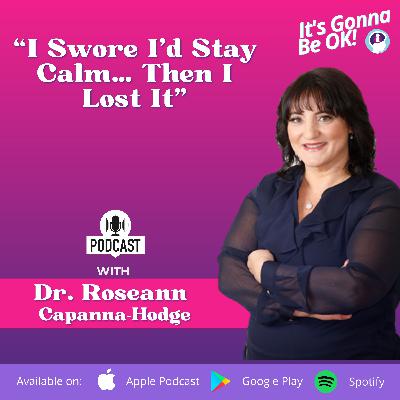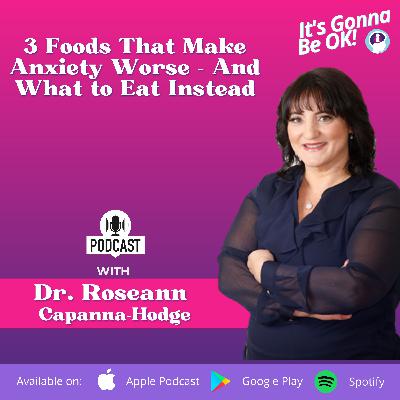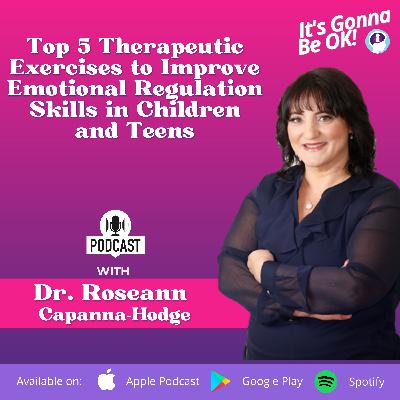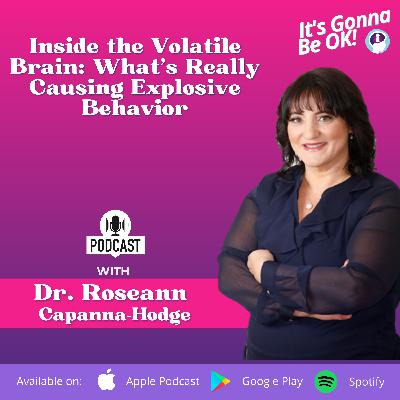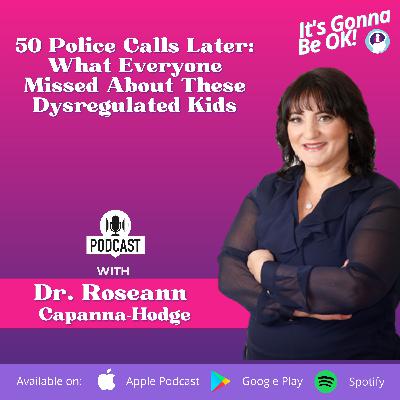323: The Link Between Emotional Dysregulation and Trauma in Children
Description
Emotional dysregulation is one of the most common but often misunderstood signs of trauma in children. And trauma isn’t always obvious and the signs can be easy to miss at first—explosive outbursts, sudden shutdowns, anxiety, panic, or even unexpected perfectionism.
For today’s episode, we’re diving into the link between trauma and emotional dysregulation. We’ll talk about how trauma impacts a child’s developing brain and behavior, what red flags to look for, and most importantly, what tools and therapies actually help kids feel safe and regulated again.
How Does Trauma Affect a Child’s Brain and Behavior?
Trauma keeps a child’s brain locked in survival mode—where logic goes offline and calm feels out of reach. When the nervous system is overwhelmed, even small stressors can feel huge. That’s why a forgotten homework assignment or a simple change in routine can trigger a full-blown meltdown.
Emotional dysregulation is often the first and loudest clue that something deeper is going on. With cortisol and adrenaline flooding their system, it’s harder for kids to focus, connect, or calm themselves down.
And trauma isn’t always what you think. It doesn’t have to be one big event. It can be chronic stress, bullying, emotionally unsafe environments, or even ongoing family conflict. Every child’s brain responds differently—but all of it matters.
And the good news is: you can help calm their brain and get them back to feeling safe.
Real-Life Example
One mom noticed her 10-year-old suddenly refusing to go to school. She was crying over forgotten pencils, melting down over tiny mistakes, and nothing seemed to make sense. The first response she got? “It’s just anxiety.” But after digging deeper, they discovered unresolved trauma from a recent car accident was at the root of it all.
What you’re seeing isn’t misbehavior. It’s a dysregulated brain doing exactly what it’s designed to do: protect your child.
You don’t have to figure this out alone. Grab your FREE Regulation Rescue Kit and learn exactly what to say and do in the heat of the moment.
No more guessing. No more guilt. Just clear, step-by-step support to help your child—and yourself—stay calm.
Become a Dysregulation Insider VIP at www.drroseann.com/newsletter
Take the first step toward a more peaceful, connected home.
What Are the Signs of Trauma-Based Behavior in Children?
Trauma doesn’t always look how you expect. It often shows up as behavior that seems “off,” extreme, or out of proportion.
If your child’s reactions feel too big for the moment—or they’re constantly withdrawing, shutting down, or clinging to control—that’s a sign their nervous system may be stuck in survival mode.
Here are some of the most common trauma-linked behaviors:
- Explosive reactions to small stressors — what looks like overreacting is actually a brain that doesn’t feel safe.
- Shutting down or emotionally withdrawing — especially in response to demands or social situations.
- Sudden perfectionism or people-pleasing — some kids try to avoid chaos by being “extra good.”
- Over-controlling behavior and obsessive thinking — unpredictability feels dangerous to a dysregulated brain.
- Emotional outbursts followed by guilt or shame — they’re not trying to be dramatic; they’re overwhelmed.
- Increased sensitivity to noise, touch, or change — these aren’t overreactions, they’re nervous system red flags.
Behavior is communication. And when trauma overlaps with ADHD, autism, or anxiety, it can be tough to sort out what’s what.
🗣️ “It’s not bad parenting. It’s a dysregulated brain asking for help.”— Dr. Roseann
What Tools Actually Help Kids Heal from Trauma?
Healing doesn’t start with talking—it starts with safety. A child’s brain can’t begin to regulate until it feels safe, seen, and supported.
That’s why the first step in trauma recovery is creating a calm, predictable environment. When adults stay regulated, kids feel it—and they begin to shift too.
To support your child’s healing journey, here are tools and therapies that actually work:
- Start by creating safety. Calm routines and predictable environments help regulate the nervous system.
- Use somatic tools like deep breathing, movement breaks, or sensory grounding. These help kids tune into their body and respond rather than react.
- Practice daily regulation. Just like brushing teeth, it’s the consistency that wires the brain for calm.
- Trauma-informed therapies are essential. EMDR, neurofeedback, EFT tapping, and somatic therapy help move trauma through the body instead of keeping it stuck.
- Regular talk therapy isn’t enough without a trauma lens. Kids need providers who understand how trauma rewires the brain.
- Work with professionals trained in childhood trauma. This isn’t one-size-fits-all—the right provider makes a big difference.
Trauma doesn’t mean your child is broken—it means their nervous system needs help finding safety again. When we shift from reacting to understanding, real healing begins.
You have the power to support that change, and it all starts with calming the brain. There's always a way forward—and you don't have to do it alone.
Not sure where to start? Take the guesswork out of helping your child.
Use our free Solution Matcher to get a personalized plan based on your child’s unique needs—whether it’s ADHD, anxiety, mood issues, or emotional dysregulation.
In just a few minutes, you'll know exactly what support is right for your family. Start here: www.drroseann.com/help
FAQs
Does trauma cause emotional dysregulation?
Yes, trauma often leaves the nervous system stuck in survival mode. Instead of feeling safe, a child might constantly react with fear, anger, or withdrawal. These behaviors aren’t defiance—they’re signs that the brain is overwhelmed and dysregulated.
How do you know if you have emotional dysregulation?
Emotional dysregulation shows up as intense reactions, mood swings, or shutting down over “small” things. It’s not about attention-seeking—it’s a nervous system struggling to manage stress and feel safe.
What is at the root of emotional dysregulation?
The root is usually a brain stuck in fight, flight, or freeze mode. Trauma, chronic stress, sensory overload, or even neurodevelopmental differences can dysregulate the nervous system and make it hard for a child to stay calm.
Can emotional dysregulation be healed?
Yes—and healing doesn’t have to be complicated. When we calm the brain using regulation tools like neurofeedback, somatic therapy, and breathwork, kids start to feel safe again. That’s when emotional balance becomes possible.

